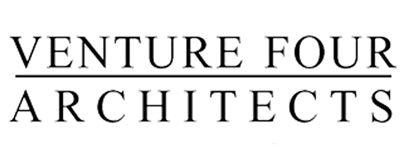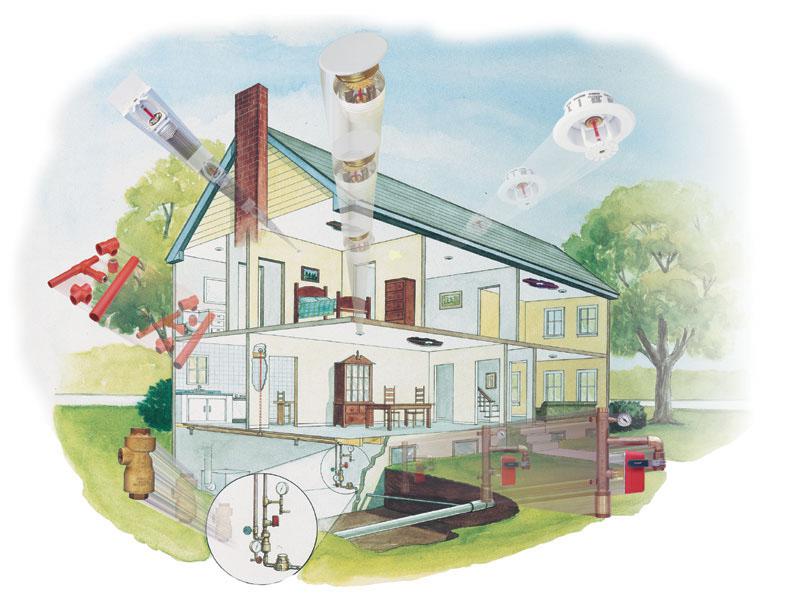Bautex Guest Article
Building Green and a Welcome to 2017
Hi all, as we work to develop our website and share with you some exciting changes happening here at Venture Four, keep an eye out for our weekly Facebook posts and the occasional article blog right here! Today’s guest is from Bautex, a Texas based Insulated Concrete Form company that visited us at the office in November last year. We are excited to learn more about working with their products in our designs. Author, Matt Lee, covers some of the basics of “Building Green” below.
Building Green: Innovations in Wall Construction for Commercial Buildings
In a depressed economy, builders need to construct affordable and highly efficient commercial buildings that meet the demands of the marketplace which is increasingly interested in green design. So it behooves any builder, green-minded or not, to build with a keen eye to energy conservation. And green design for bigger buildings begins with an up-to-date, energy efficient wall system.
Less wood, more layers make a building green
Energy-efficient building design is constantly evolving, and the possible innovations are seemingly infinite. One principle of green shell building is consistent across all green philosophies, though. That principle is less wood. Traditional stick build construction, which mostly uses a combination of hardwood and plywood for the frame and some fiberglass insulation as an afterthought, is never going to compete successfully with newer, more innovative shell construction. While several diligent remodelers have demonstrated that it is possible to bring an old building up to net zero energy costs, such projects often cost the building owner considerable effort to maintain.
The wave of the future in green commercial design is thicker walls, little or no wood, and a combination of efficient materials. One of the most promising wall systems for green designers and builders is the structural insulated panel (SIP) which combines the building’s frame, insulation, and finish into one, easy-to-erect prefabricated exterior product. They are made mostly of high-performance rigid foam insulation, designed in layers and covered on both sides with a thin veneer, often strand board. SIPs are extremely efficient. And the higher cost of materials is offset by savings on labor because these wall systems are quick and easy to install. It should also be noted that rigid foam insulation been vastly improved since the days when it was something of a fire hazard. Today’s rigid foam materials have an in-built fire retardant and are much better at withstanding fire than traditional wood frame houses.
Insulated concrete block
One of the most exciting innovations in commercial building technology is the insulated concrete block (ICB). It begins with the traditional concrete block, also called a concrete masonry unit. But, where the concrete block popular in the 1960s leaked heat and air like a sieve, the insulated concrete block of 2017 adds layers of high-performance foam insulation. Developers of the insulated concrete block promise that it results in a building which is “net zero ready.” With the addition of solar panels, ductless heat and air, energy star appliances, LEDs and compact fluorescent bulbs or neon tubes, new building owners have a structure for which they might never pay a power bill. Add a rainwater harvest system or a well, and they might not even have a water bill.
Advantages of the ICB are so numerous, it is destined to become a favorite of builders everywhere, green or not. It is both extremely fire retardant and storm resistant at the same time. In future, ICBs are likely to be a top building material of choice in regions that are at high risk for earthquakes and hurricanes.
The ICB is a win-win for both building owners and the masons who build them. The blocks are relatively light weight, weighing in at an average of 33 pounds. Bautex Systems, a Texas company, developed an ICB with a foam center for great ease of installation. Masons can handle these blocks (from the top) with one hand, making them fast and easy to stack. Masons, who are often paid on the basis of performance, make good money while working at a comfortable, sustainable pace. The advantages to the building owner are speed and cost of construction. A thermally super efficient building with ICBs can be erected with these blocks for the same cost as a traditional structure.
Builders using ICBs can also realize savings on the building’s interior and exterior finishes. While the blocks are compatible with traditional plank or board finishes and drywall, they can also be exposed both inside and out without loss of energy efficiency. To offset negative aesthetic reactions, Bautex Systems and several other manufacturers are offering builders choices in color. ICBs can also be rather easily blended with other building materials, such as red brick, to achieve a look which is both traditional and trendy. One ICB design to some extent resembles a layer cake. Viewed from the top, it features five layers of alternating concrete and high-performance foam insulation inserts.
Green Design: Everybody’s business
It has never been easier, more practical, or more affordable to build a green commercial building. New and efficient wall designs like structural insulated panels and insulated concrete blocks make building green faster and more logical for contractors and owners alike. It is now imperative that builders become knowledgeable and experienced in energy efficiency.Matt Lee
Bautex Systems



